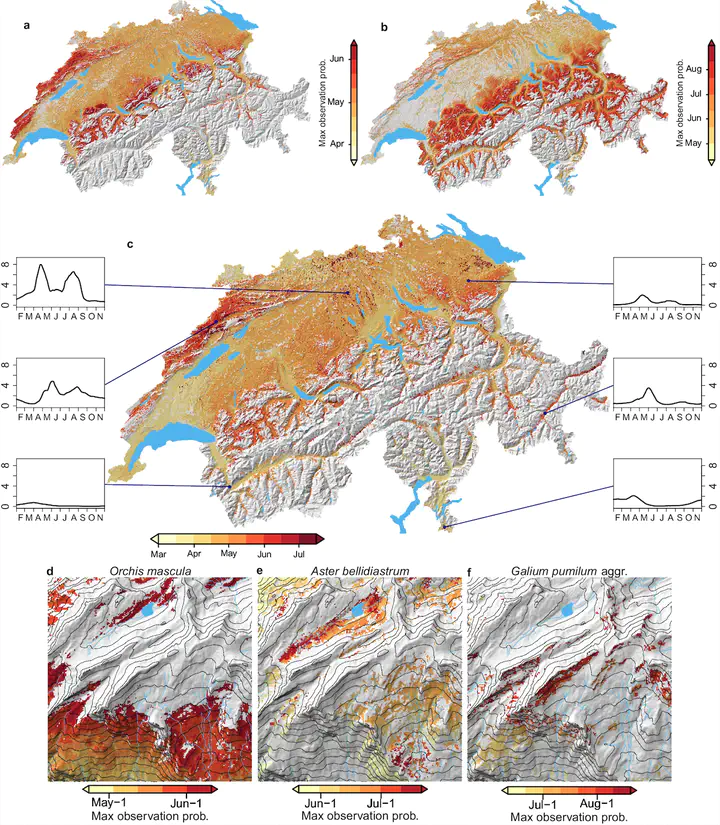Multispecies Deep Learning Using Citizen Science Data Produces More Informative Plant Community Models

Abstract
In the age of big data, scientific progress is fundamentally limited by our capacity to extract critical information. Here, we map fine-grained spatiotemporal distributions for thousands of species, using deep neural networks (DNNs) and ubiquitous citizen science data. Based on 6.7 M observations, we jointly model the distributions of 2477 plant species and species aggregates across Switzerland with an ensemble of DNNs built with different cost functions. We find that, compared to commonly-used approaches, multispecies DNNs predict species distributions and especially community composition more accurately. Moreover, their design allows investigation of understudied aspects of ecology. Including seasonal variations of observation probability explicitly allows approximating flowering phenology; reweighting predictions to mirror cover-abundance allows mapping potentially canopy-dominant tree species nationwide; and projecting DNNs into the future allows assessing how distributions, phenology, and dominance may change. Given their skill and their versatility, multispecies DNNs can refine our understanding of the distribution of plants and well-sampled taxa in general.